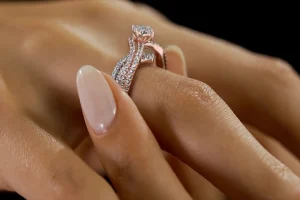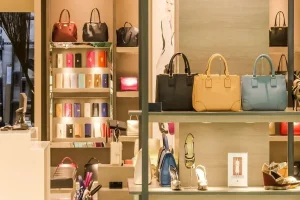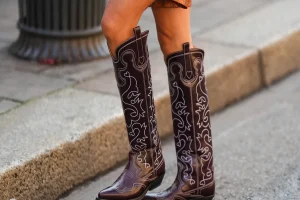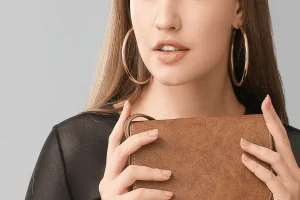How Portable Products Place Your Brand In Everyday Life
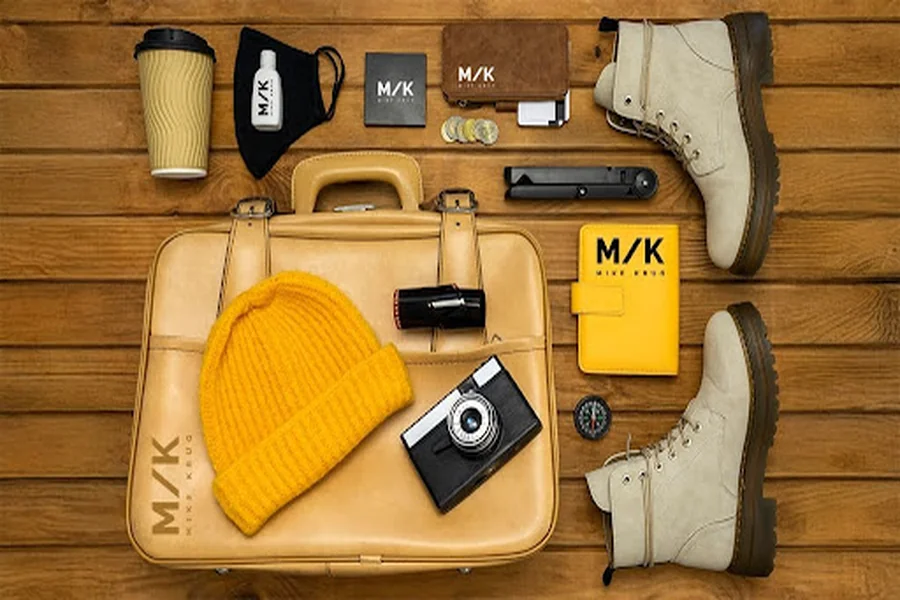
There’s a lot of talk in marketing about attention: grabbing it, keeping it, and retargeting it. In real life, the things that stay with people aren’t always the loudest. Sometimes, they’re the most useful. The things that get carried, clipped, or worn, not because of branding, but because they do something right.
In a world full of digital noise, physical items still matter, especially the ones that become part of a routine. Great branded items live there—not in gift bags or drawers but on belt loops, backpacks, cars, and desks. If your brand can be part of that space, you’ve done something right.
What People Choose to Take With Them
If you’ve ever stood at a booth or opened a conference welcome kit, you know how quickly people decide what to keep and what to toss. Most branded merchandise gets left behind, donated, or quietly dropped in a hotel trash can.
However, a small category of items gets picked up and used long-term, not for being flashy but for solving a problem. A pouch for small essentials, a keychain that helps organize multiple keys, or a wearable item that frees up hands—these are the things that make it into someone’s everyday rotation. And when they do, your brand goes with them.
Form Meets Function
The branded items that last aren’t always expensive. But they are thoughtfully chosen.
A great item does two things:
- Fits into someone’s existing habits without friction.
- Adds value without drawing too much attention to itself.
Take wearable accessories. Most people won’t wear something with bold logos or flashy designs unless it says something about who they are. But a simple, durable item that’s convenient and blends into their day? That’s different.
At a city-sponsored outdoor event last year, one team gave out minimalist custom fanny packs—all black, lightweight, and logoed only on the inside tag. People started wearing them immediately. They weren’t just free stuff—they were useful. They let attendees keep their phone, ID, and cash on them without lugging a bag around.
Many of those fanny packs made it into people’s regular lives: hiking, traveling, or walking the dog. The branding wasn’t the point, but it stayed visible because the item had a function.
When Branded Items Feel Personal
A branded item feels personal when it’s:
- Relevant to the moment
- Practical in design
- Subtle in style
Too often, companies go for big branding — large logos, bright colors, bold slogans. People are more likely to use something when it fits into their lifestyle quietly. This is especially true with daily-use objects like keychains. Nobody wants a bulky, noisy fob that doesn’t serve a purpose. But a sleek, lightweight tool that helps manage keys or adds convenience? That’s different.
Picture a startup handing out custom business keychains designed to clip multiple keys without bulk. They feature laser etching with each person’s name and company. The sender’s brand is on the back side, subtle and professional.
It’s personal and useful, and people feel like it was made for them. That’s the kind of item people keep. Every time someone pulls out their keys, there’s a quiet reminder of the company that handed it to them.
Portability = Visibility
One rule that holds true across nearly all industries is that the smaller and more portable the item, the more likely it is to be used. That’s why items like fanny packs, keychains, and other small accessories consistently outperform larger, bulky products in long-term brand visibility. You don’t need to be big to be noticed. You just need to stay in someone’s rotation long enough to matter. If you can do that without being annoying or pushing too hard, your brand will win by simply being present when and where it matters.
The Impact of Subtle, Everyday Branding
The best branding doesn’t interrupt, it integrates. Logos surround us. On our phones, our shoes, our coffee cups. Most of them fade into the background. But the ones attached to useful, well-designed objects? Those tend to stick around.
When someone uses your branded item daily, they’re not just seeing your logo. They’re building a quiet association: this brand is helpful. This company makes useful things. This team pays attention.
With the right product, you don’t have to push for it. The impression happens naturally, and that’s where real marketing lives.
Budget Isn’t the Problem
To be memorable, you don’t need to spend $50 per person. You just need to choose better. A $2 item that gets used daily is worth more than a $30 item ending up in a drawer. So when you’re selecting promotional items, ask the right question: Would I use this?
If the answer is no, your audience probably won’t either.
The good news is, modern suppliers are offering better, more customizable versions of small essentials. Whether it’s thoughtfully stitched custom fanny packs or laser-cut custom business keychains, the real win is in how they’re used, not how much they cost.
Daily Use Means Daily Exposure
The items people carry say a lot about their routines, values, and preferences. If your brand can be part of that without trying too hard, you’ve already done more than most.
Branded items don’t have to shout. They don’t have to be clever; they just have to be something someone reaches for, again and again. Once you’re part of someone’s daily life, they don’t forget you.


